When disaster strikes your supply chain, every hour of downtime costs your ecommerce business money. A hurricane shuts down your fulfillment center. A cyberattack takes your website offline. Your key supplier faces production delays. Without a solid ecommerce business continuity plan, these disruptions can devastate your revenue and destroy customer trust.
The stakes are higher for online retailers than traditional brick-and-mortar stores. Your customers expect 24/7 availability and fast shipping, regardless of what’s happening behind the scenes. A single day of fulfillment delays can trigger negative reviews, customer churn, and lost sales that take months to recover.
That’s why smart ecommerce business owners develop comprehensive business continuity plans before crisis hits. This guide walks you through creating a bulletproof continuity strategy that protects your operations, preserves customer relationships, and keeps revenue flowing even when the unexpected happens..

TL;DR:
Business continuity essentials

An ecommerce business continuity plan helps your online store stay operational during crises like natural disasters or supply chain disruptions.

Start with a business impact analysis to identify critical functions and potential vulnerabilities in your operations.

Focus on key areas: sales platform uptime, supply chain resilience, inventory protection, fulfillment continuity, and customer communications.

Involve your 3PL provider in your continuity planning to ensure alignment across your entire fulfillment operation.
What is business continuity?
Business continuity is the ability to keep your company operating during a crisis. It’s the backup plan if there is a fire at a supplier’s factory, a truck drivers’ strike, or some other type of disruption. When you create your ecommerce business continuity plan, you game out everything that might possibly shut down your supply chain. Then you put plans in place to mitigate or avoid those business interruptions.
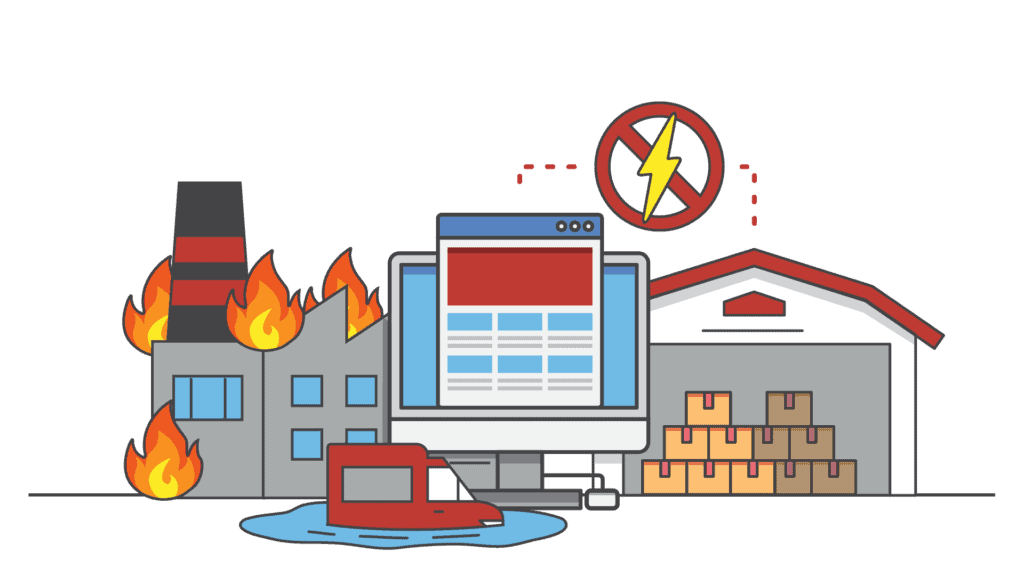
Sometimes business closures are unavoidable. If there’s a blizzard that blocks Main Street, a brick-and-mortar shop on that street can’t open. However, online retailers sell across the country and around the world. Customers in Florida don’t care if there’s a blizzard at your third-party logistics warehouse in Utah. They expect their orders to be delivered on time. Your ecommerce business continuity plan is your blueprint for how to do that.

A business continuity plan is more than a disaster recovery plan. Most disaster recovery plans deal with getting your business back online after a tech failure. That is one important part of your ecommerce business continuity plan. However, your total plan should include information about how every department and segment of your supply chain can maintain maximum operational efficiency in the event of a crisis.
Steps to develop an ecommerce business continuity plan
The first step, before you start to outline your ecommerce business continuity plan, is to conduct a business impact analysis, or BIA. The BIA identifies the impacts that disruptions would have on different aspects of your business. These can include slower delivery times, lost sales, loss of inventory, or increased delivery costs.

PRO TIP: The BIA will help you determine when an external crisis will start to affect your finances or operations. For example, a freak snowstorm that gets cleared in a day might have minimal impact on order fulfillment and shipping. However, a hurricane that knocks out power to one of your ecommerce fulfillment warehouses for a week could cause orders to back up. Your BIA would alert you to the need for contingency plans for power outages.
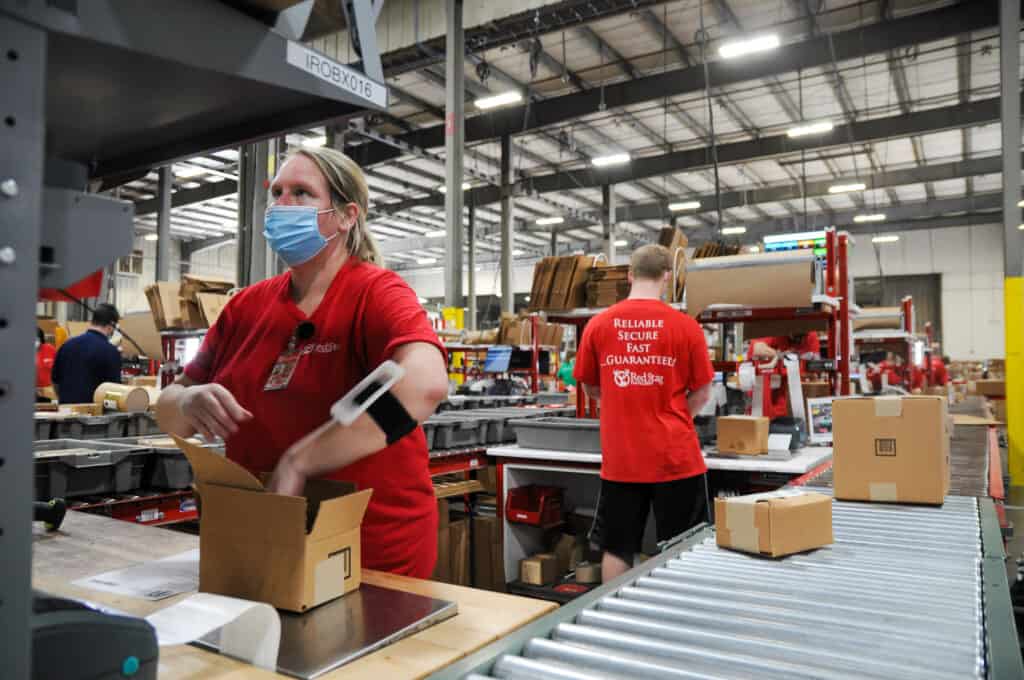
Once you have completed your business impact analysis, here are the steps to create your ecommerce business continuity plan.
01
List and categorize critical functions for your ecommerce business.
02
Create a business continuity working group. Include staff from all departments identified as critical.
03
Draft your ecommerce business continuity plan. Include concrete steps to avoid specific types of business disruptions. Calculate the cost to implement the plan. In addition, determine how much downtime each critical function can tolerate before operations slow or stop.
04
Present your plan companywide and get feedback. Refine the plan.
05
Take the actions in the plan. This might include putting backups for power and internet in place. Conduct regular training so employees are ready to implement the plan quickly in an emergency.
06
Review and revise your business continuity plan every two to five years. Update it to account for changes to your internal operations. Also include new external risks that have arisen since your last plan.
Critical functions for ecommerce business
Some critical business functions are particularly important for ecommerce businesses. Here are a few aspects of operations that you shouldn’t overlook in your ecommerce business continuity plan.
Sales platform uptime
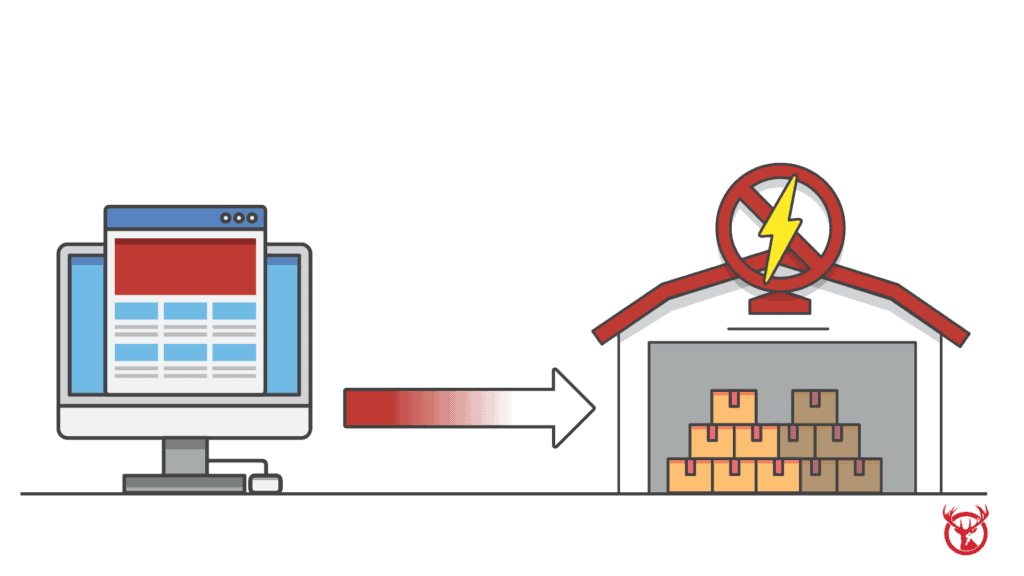
If your sales platform is down, your store is closed. For sellers on large platforms like Amazon Marketplace, downtime is not a big issue. In addition, you have little control over the functions of large ecommerce marketplaces.

NOTE: If you run an online store on your own website, uptime is critical. Threats can include hacking and DDOS (distributed denial of service) attacks, so security is key. In addition, make sure your web host has plans to keep sites up in the event of a power outage.
Unbroken supply chains
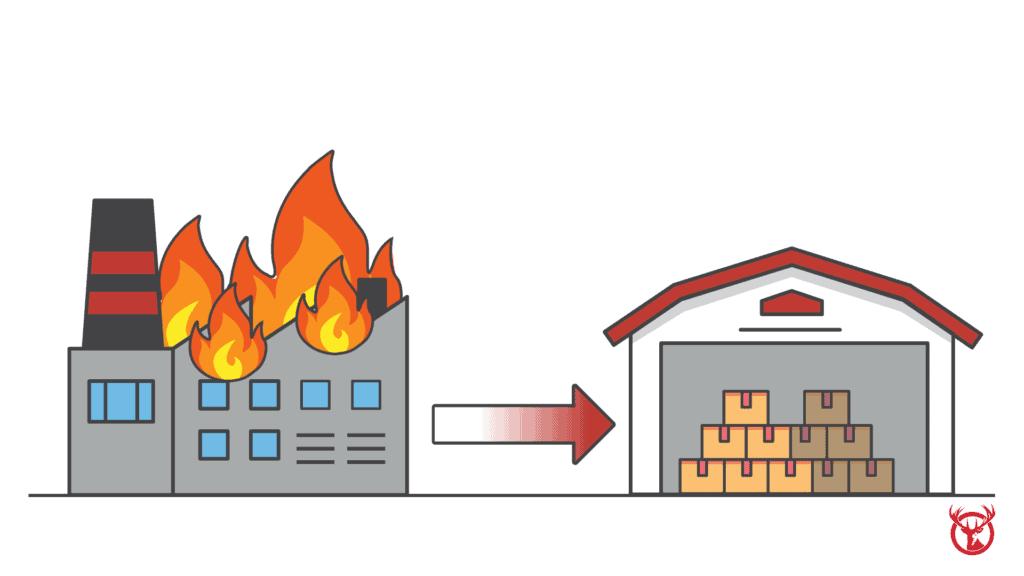
When a critical part of your supply chain breaks down, your ecommerce business can grind to a halt. If you’re like most online sellers, your supply chain includes multiple vendors around the country or around the world. A shortage of raw materials in China halts production at a factory in Spain. And that, eventually, can impact your ability to source your products on time.

Key Takeaway: Contingency plans for supply chain disruptions might include working with your manufacturer to diversify its sources of raw materials. Or you might order products from multiple factories in different parts of the world.
Inventory protection

It’s important to consider what can happen to your products as they sit on warehouse shelves. Mice could nibble at your packaging. Thieves could break in and steal your merchandise. A deep freeze could cause delicate products to break. Or a hurricane or tornado could tear the roof off, exposing your products to the elements.
The same precautions apply whether you handle your fulfillment in-house or outsource it. Make sure the facility is built to withstand extreme weather and provide protection for your products from all potential harm.
On-time order fulfillment
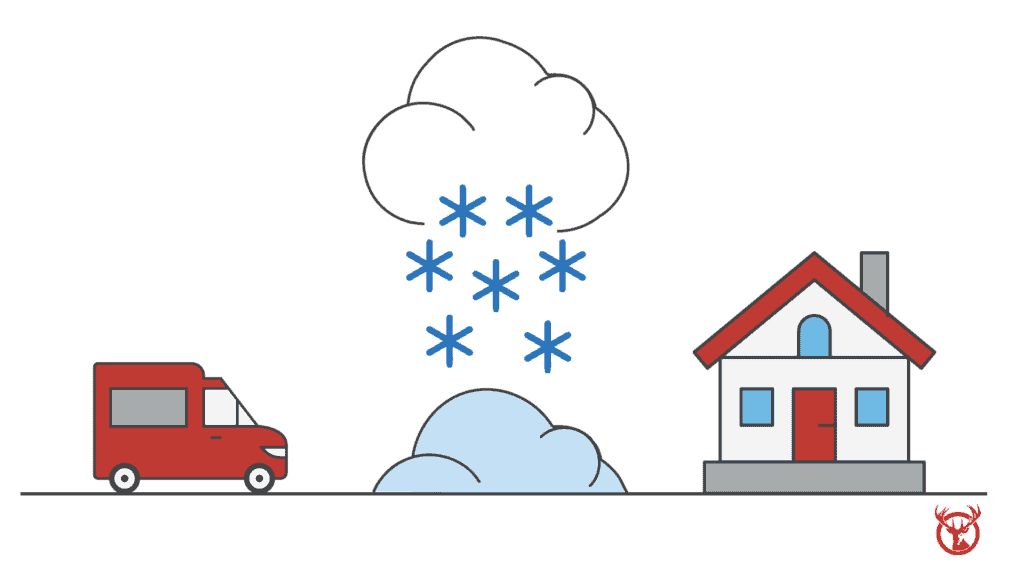
Smooth-running fulfillment operations are the key to customer loyalty. Weather conditions in the location of a fulfillment warehouse can knock out power. Employees might not be able to get to work to pack your orders. Problems with delivery due to labor actions, weather, or a pandemic can also slow fulfillment.

PRO TIP: Even short staffing during a holiday rush could lead to delays and problems with shipping your orders. Contract with multiple delivery services to give you flexibility to get your orders delivered on time. And make sure your 3PL services provider has done business continuity planning to avoid disruptions in service.
Customer communications channels
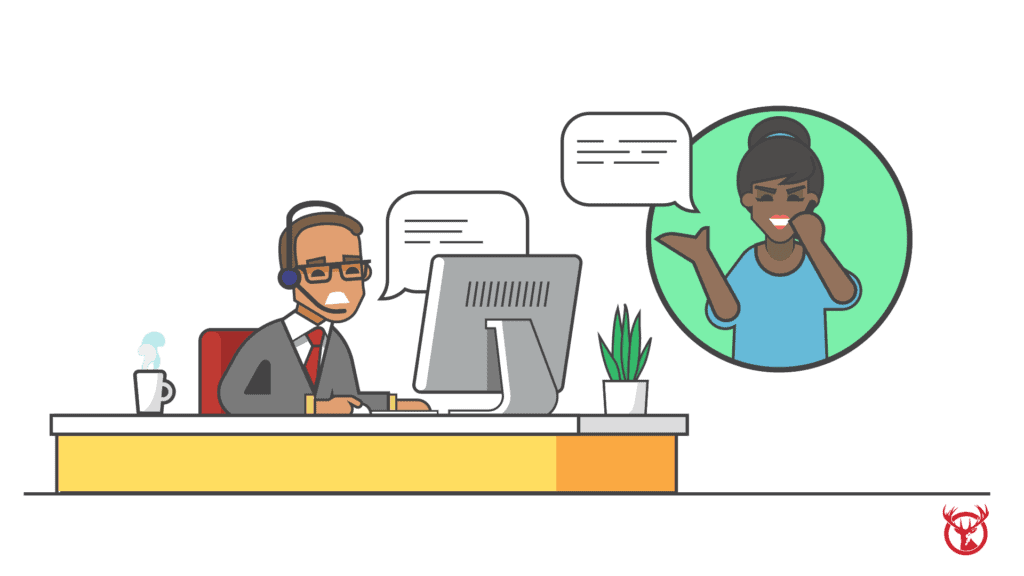
Customer service is an important part of your ecommerce business continuity plan. If your business is forced to slow or shut down temporarily, communication is key. Delays can lose you customers. However, excellent customer service in a crisis can win consumer trust and create loyal customers.
Working with outsourced providers on your ecommerce business continuity plan
Creating an ecommerce business continuity plan poses some special challenges. Online businesses are often distributed and remote. Because of this, aspects of your continuity planning will necessarily involve vendors and service providers. Just because you purchase goods rather than handling your own manufacturing, however, doesn’t mean you can’t work with your supplier on continuity planning.
Likewise, if you outsource your fulfillment, ask your 3PL about its business continuity plans. Does it have backups for critical services like power and internet? What steps has it taken to protect your inventory in the case of extreme weather? The best fulfillment companies will have plans in place to protect your business.

Key takeaway: If events caught you off-guard before you created your ecommerce business continuity plan, don’t worry. The best time to develop a business continuity plan is before disaster strikes. But the second best time is right now.










